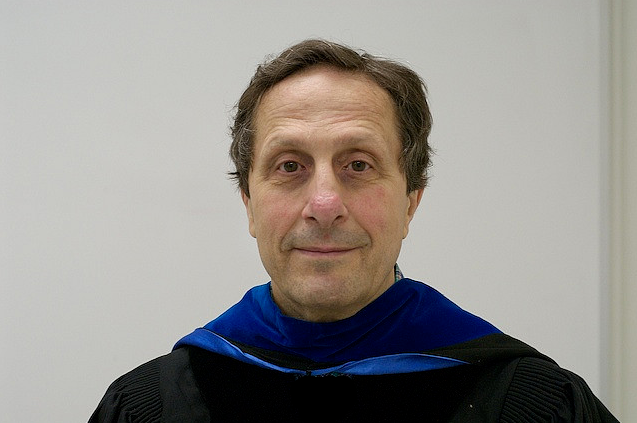Motivation for the Workshop
This workshop will focus on the use of Computational Chemistry to understand the reactivity and properties of molecules, as well as to address difficulties of calculations in comparing with experimental results. The impact of theoretical insights in specific experimental studies of chemical reactions is considered, illustrating how theoretical results prompt further experimental studies.
Together, computation coupled to experimentation, illustrate some of the achievements that are possible with a fruitful union of experiment and calculation.
Computational approaches have now become indispensable in various fields of chemical research and development, and have entered the mainstream of organic, bioinorganic, organometallic and transition metal chemistry. This workshop will focus on the area of Computational Chemistry, applying modern computational techniques, including quantum chemical calculations and molecular dynamics, to studies of structure, bonding, and reactivity of bioinorganic and organometallic compounds and transition metal complexes. An overview of both the underlying theory and computational techniques will be presented, together with examples, to illustrate the intersection between theory and experiment and some of the achievements that have resulted from this interplay.
This whorkshop will provide state-of-the-art material for Quantum Mechanical and related methods, Molecular Dynamics, and their applications, inluding the following goals:
- methods: implementation and use of Computational Chemistry techniques to describe bonding properties, energies, transition states and spectroscopic features of molecules.
- applications: calculations on problems related to Organic, Inorganic, Organometallic, and Bioinorganic Chemistry.
- impact: usefulness of Electronic Structure calculations and Molecular Dynamics simulations in understanding and predicting experimental results.
Importance of Computational Chemistry
Open almost any chemistry journal, and you will probably encounter molecular modelling, where the theory of chemistry meets the reality of the laboratory experiment. To understand the real world behaviour of molecules, one must construct realistic models. Although the basic equations for doing so were derived some eighty years ago, more recent remarkable advances in computers have allowed access to modelling and the necessary computer resources. However, there is still lingering uncertainty and lack of confidence among experimental chemists, both with respect to the computational results and with the layers of approximations that inevitably underpin the model.
It is relatively easy to purchase a chemistry computer application which can produce attractive pictures, but the challenge still remains as to how to understand the underlying numerical results which come from equations. This workshop is very much a primer for experimental chemists who want to understand the results behind the equations and how modelling programs can achieve remarkable predictions for experiment.
Computational Chemistry provide fundamental insights into the structures, properties, and reactivities of molecules. As a result, calculations have become indispensable in various fields of chemical research and development. In this workshop, students will learn how to apply Computational Chemistry to important areas of chemistry and biochemistry by using examples to illustrate, how theory coupled to computation, impacts our understanding of experimental results, and how close collaboration between theoreticians and experimental chemists, can be mutually beneficial.
Computational Chemistry and High Performance Computing
Using High Performance Computing for simulation is not just for experts!
High Performance Computing (HPC) incorporates large computational resources, including fast processors with large memory and massive storage, to solve large computational problems that would be intractable on common desktop devices. HPC environments include multiple processor servers with very fast compute and I/O interconnects, and clusters of identical computers (typically Linux) with specialised application software designed to leverage aggregate capability.
Although High Performance Computing is crucial in all areas of science, it is particularly indispensable role in helping to solve a range of chemical problems. The use of numerical simulation to tackle real-world problems has become standard practice and really taken off during the last decade. Radical improvements in computer hardware and software, and the development of more efficient computational algorithms, have facilitated the solution of crucial problems in chemistry.
Over the past several decades there have been major advances in our ability to computationally evaluate the electronic structure of large molecules. This advance is due to an increase in computing power, as well as improvements in quantum mechanical methods, including Hartree-Fock and Density Functional Theory (DFT) methods, and in Molecular Dynamics methods. For example, improved pure and hybrid density functionals allow DFT calculations with accuracy comparable to high-level Hartree-Fock treatments, and the results of these calculations can now be evaluated by experiment.
When calculations are correlated to and supported by experimental data, they can provide fundamental insight into the electronic structure of molecules and contribute to an understanding of physical properties and chemical reactivity. This interplay of theory, computation and experiment continues to expand and contributes to both an improved value of experimental results and an improved accuracy of computational predictions.

